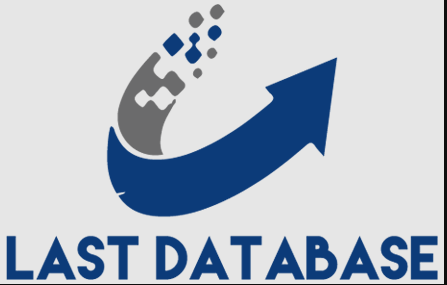Email data structure refers to the organization and representation of information within an email system. As one of the most widely used modes of communication, email requires a well-defined data structure to efficiently store and manage various components of an email message. In this article, we delve into the concept of email data structure, its components, and how it facilitates seamless communication.
Components of Email Data Structure:
1. Header: The email header contains essential metadata, such as the sender’s and recipient’s email addresses, subject line, date and time of sending, and unique identifiers for tracking purposes.
2. Body: The email body contains the actual content of the message, including text, images, links, and attachments. It represents the Thailand Email list main information conveyed to the recipient.
3. Attachments: accommodates attachments, enabling users to share files, documents, images, or multimedia with the recipient.
4. Recipients List: For emails sent to multiple recipients, the includes a list of email addresses to ensure the message reaches all intended recipients.
5. Carbon Copy (CC) and Blind Carbon Copy (BCC): The allows for CC and BCC fields, enabling users to include additional recipients who receive the email for information purposes without others being aware (BCC).
How Email Data Structure Facilitates Communication:
1. Seamless Information Exchange: The well-organize data structure of emails. Ensures that information is transmit accurately and seamlessly between the sender and recipients.
2. Structured Communication: The header and body of an email provide a structured format, enabling recipients to quickly identify the sender, subject, and content of the message.
3. File Sharing: The inclusion of attachments within the email data structure allows for easy sharing of files, supporting collaborative efforts and data exchange.
4. Efficient Routing: The recipient list and addressing fields facilitate the efficient routing of emails to the AOB Directory correct recipients, ensuring timely delivery.
5. Scalability: The scalable nature of the enables it to handle a large volume of messages and diverse content types efficiently.
Conclusion:
It plays a vital role in organizing. Managing information within an email system. Its components, including the header, body, attachments, and addressing fields, ensure seamless communication and efficient information exchange between senders and recipients. With its structured format and support for file sharing, has become an indispensable tool for modern communication.







